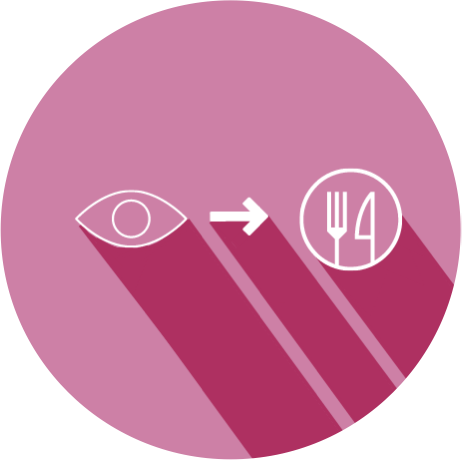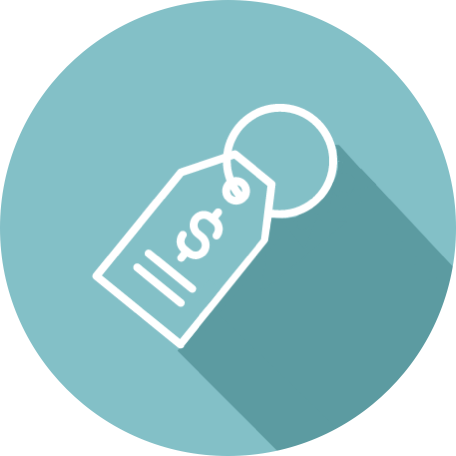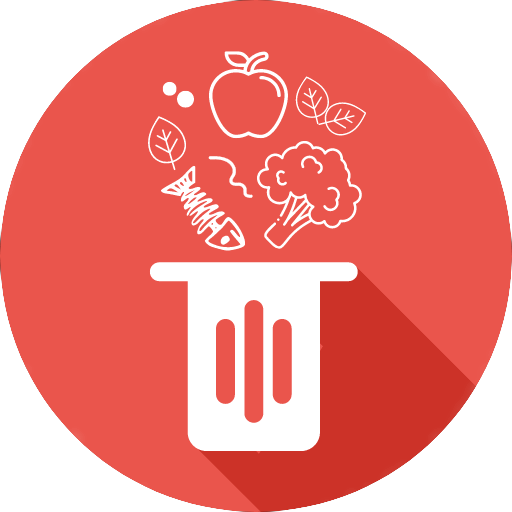Rationally speaking, forms wouldn’t have a taste. A circle is a circle and that’s that. Or isn’t it quite that simple?
Although shape and taste are two different sensory experiences, shape does influence taste. Researchers have found that we as humans associate taste qualities with different design features such as curvature, texture, orientation, symmetry, and so on. In fact, the shape of everything, from the product itself to the typeface in which it is presented and the shapes of/on product packaging have all been shown to influence people’s expectations, and sometimes even their experiences.
In this blog we will take a closer look at how shape influences taste and how you could use that knowledge to increase the attractiveness of your product.
Posted in Research, Archive
published on Tuesday, 21 February 2023
Marketers love to end their prices with the magical numerical combination of 99. This practice, which is also known as charm pricing, psychological pricing or odd pricing, is seen in virtually every country across the globe. There’s no question about it: it works. But new research shows that the pricing trick will backfire under specific circumstances.
Posted in Archive, Strategy
published on Tuesday, 07 February 2023
When ordering food online, the number of unhealthy food cues seems endless. Not only the food itself but also food-related words and pictorial representations stimulate unhealthy dietary behaviors. And that while eating-behavior-related disorders are only increasing in the western world. Therefore, governments started public health campaigns and educational programmes to promote healthier food choices. Nevertheless, with little success.
Posted in Archive, Conversion
published on Tuesday, 24 January 2023
In recent years, there has been increasing interest in using behavioral economics principles to "nudge" individuals towards making healthier and more sustainable choices. One area where these nudges may be particularly effective is in reducing food waste and increasing vegetable intake.
Posted in Archive, Conversion
published on Tuesday, 10 January 2023
Maybe it’s just me, but the food labels communicating the amount of calories on the back of food packages don't always speak to me. Don’t get me wrong, when I see a label stating “840 kcal” on the back of my nicely smelling pizza, it does hurt a bit. But, anything less than those extremes is hard to grasp for me, and the lazy person I am, I tend to skip this information instead of going online to find out what it exactly means.
Posted in Archive, Conversion
published on Tuesday, 27 December 2022




